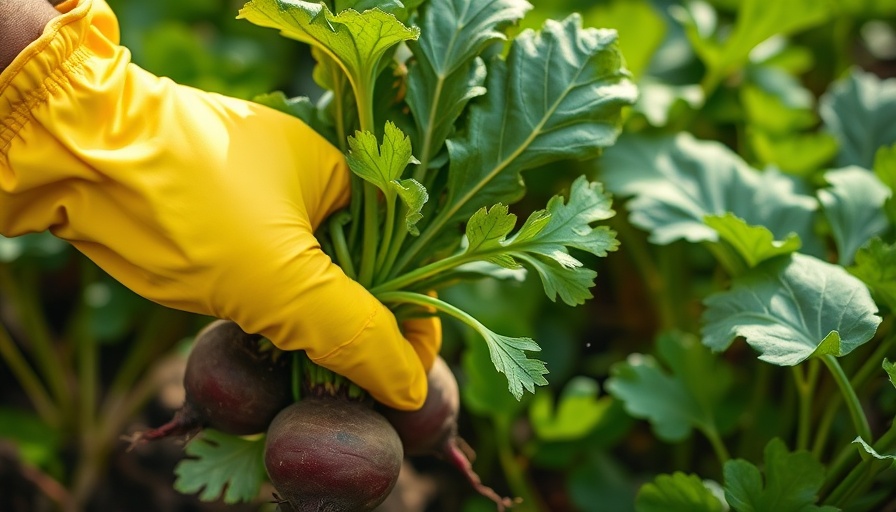
The Secret to a Thriving Garden: The Importance of Deadheading
Every gardener dreams of a landscape filled with vibrant blooms that last throughout the growing season. One of the best-kept secrets in maintaining a flourishing garden is a practice known as deadheading, which involves systematically removing faded or wilted flowers. Not only does this simple act promote new growth, but it also enhances the aesthetic appeal of your outdoor space.
Why Deadheading is Essential for Your Plants
Deadheading serves several crucial purposes. First, it allows plants to divert energy away from seed production and towards new blossoms. This is essential for flowers like petunias, which can bloom longer into late summer or fall if deadheaded regularly. Moreover, eliminating dead flowers reduces the risk of diseases that can arise from decaying plant matter left on the stem, providing a healthier environment for the remaining healthy blooms.
Essential Tools for Your Deadheading Toolbox
Before diving into the art of deadheading, it's important to gather the right tools. Properties of effective deadheading tools include clean, sharp edges capable of making precise cuts. Gardening gloves and a pair of hand-held trimming shears—either straight or curved blade—are essential. The latter ensures a clean cut that minimizes plant stress, which is critical for healthy growth.
Best Practices for Deadheading Your Flowers
While the practice of deadheading may seem straightforward, there are some vital tips to keep in mind:
Know Your Plants: Different flora have varying needs; some thrive after deadheading, while others may struggle. Familiarizing yourself with your plants' requirements can enhance your gardening outcomes.
Avoid Overdoing It: Flowers are living organisms; cutting too many at once can shock them. Space out your deadheading sessions to ensure that plants do not expend too much energy sealing wounds left behind.
Timing is Key: Deadheading is best performed when the plants are well-hydrated, making it advisable to water your flowers a day prior. Avoid deadheading during particularly hot or dry spells, as stressed plants can be easier to damage.
Common Misconceptions About Deadheading
One prevailing myth about deadheading is that it is only necessary for annual flowers. In fact, perennials can also benefit greatly from this technique! They, too, can produce more flowers when faded blooms are regularly removed. Additionally, many gardeners believe that deadheading is time-consuming; however, just a few minutes spent each week can yield immense rewards.
The Growing Trend of Sustainable Gardening
As awareness of environmental issues escalates, homeowners are increasingly leaning towards sustainable gardening practices, and deadheading plays a part in this movement. Healthy, pest-resistant plants require less resource expenditure, such as water and fertilizer, thus supporting ecological balance. This trend offers a fresh approach to gardening that aligns with a growing responsibility towards planet care.
Making the Most of Your Gardening Efforts
The benefits of deadheading reach beyond aesthetics. By incorporating this simple yet effective practice into your routine, you can cultivate a more dynamic and sustainable garden while extending the lifespan of your blooming beauties. As a homeowner, dedicating some time to deadheading can undoubtedly lead to great rewards and potential praise from neighbors!
 Add Row
Add Row  Add
Add 




Write A Comment